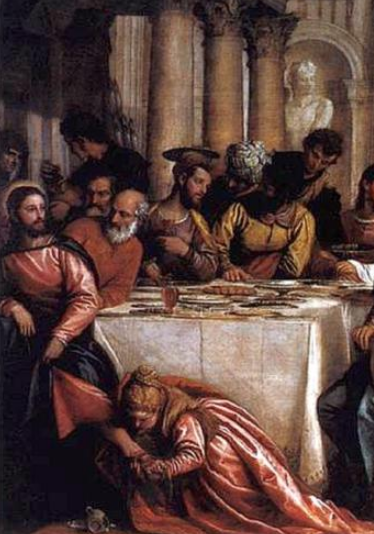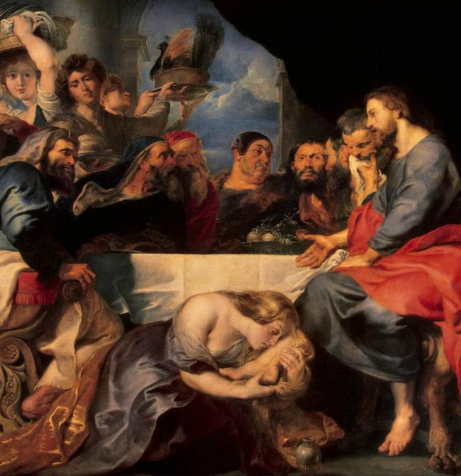Bible Lesson 13
Gracia hacia una Mujer Pecadora – Grace towards a Sinful Woman
In this famous scene we see the sharp contrast between a man who thinks he is good, and a woman who knows she is not.
The lesson to us is clear: as long as we believe we are basically pretty good, we will never truly recognize our need for Jesus. Jesus said he didn’t come for the healthy, but for the sick. He didn’t mean that any humans are truly good enough not to need him. Rather, he was referring to people like this Simon, who thought highly of his own righteousness and looked down on others. In fact, he even looked down on Jesus for showing mercy to this repentant woman.
What we need to realize is that we are all that sinful woman, shamefully filthy. It is only when we realize and fully embrace that bad news that the gospel truly becomes good news!
When we realize that we have been forgiven much, we will truly love much!
How to Use This Page:
1. Listen to the audio as you read along with the Spanish on the left.
2. Open the English translation, and read the two side-by-side, making sure you understand the Spanish.
3. Close the English, and listen to the audio again, reading along in Spanish.
4. Close the Spanish, and listen once more. Maybe shut your eyes, and just try to catch as much as you can.


